nurserygreenspace13@gmail.com
Barajirakpur, Basirhat
+91-7908052462
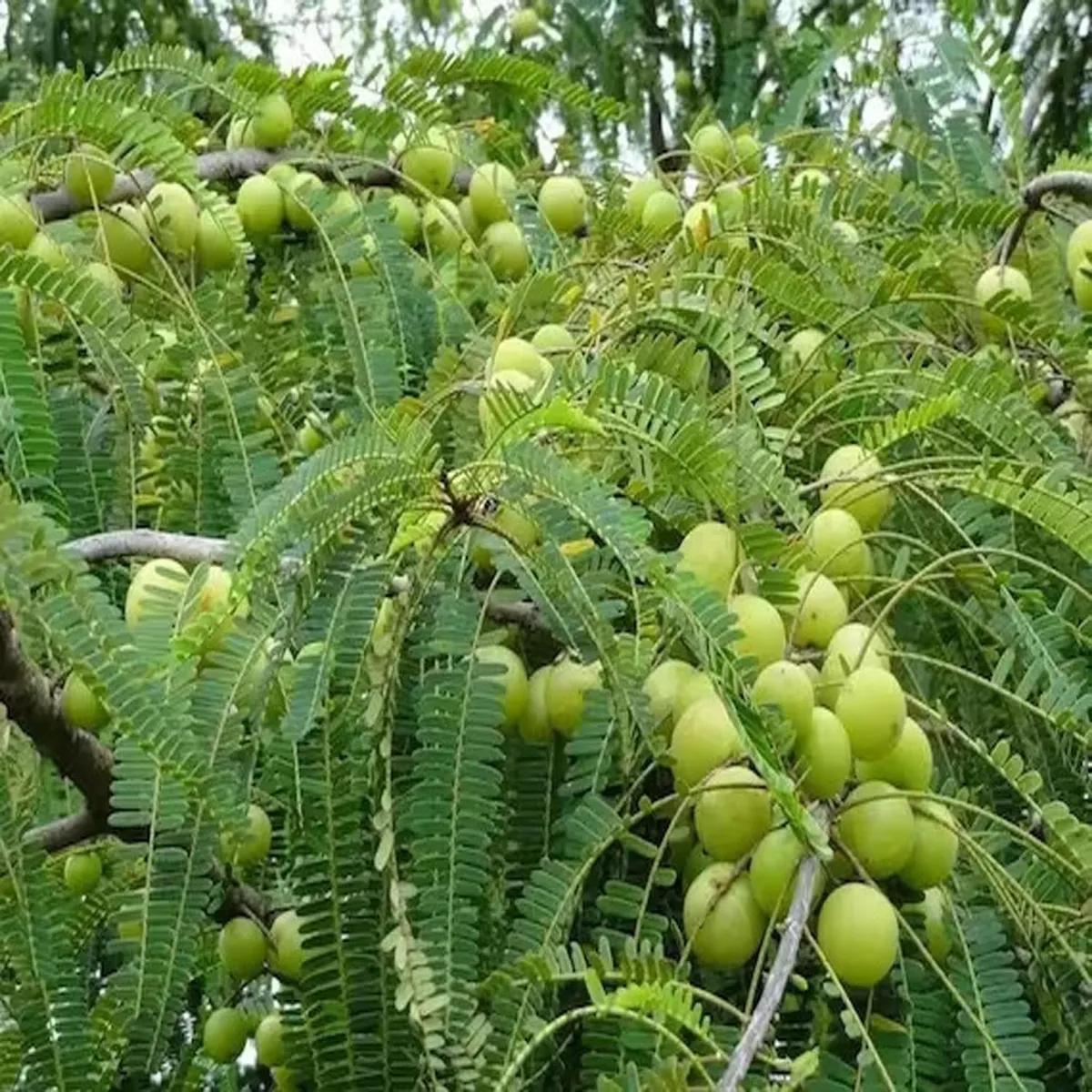

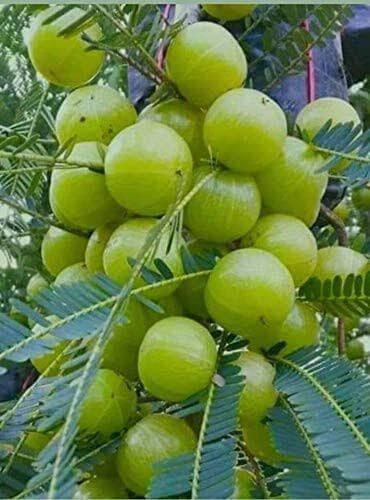
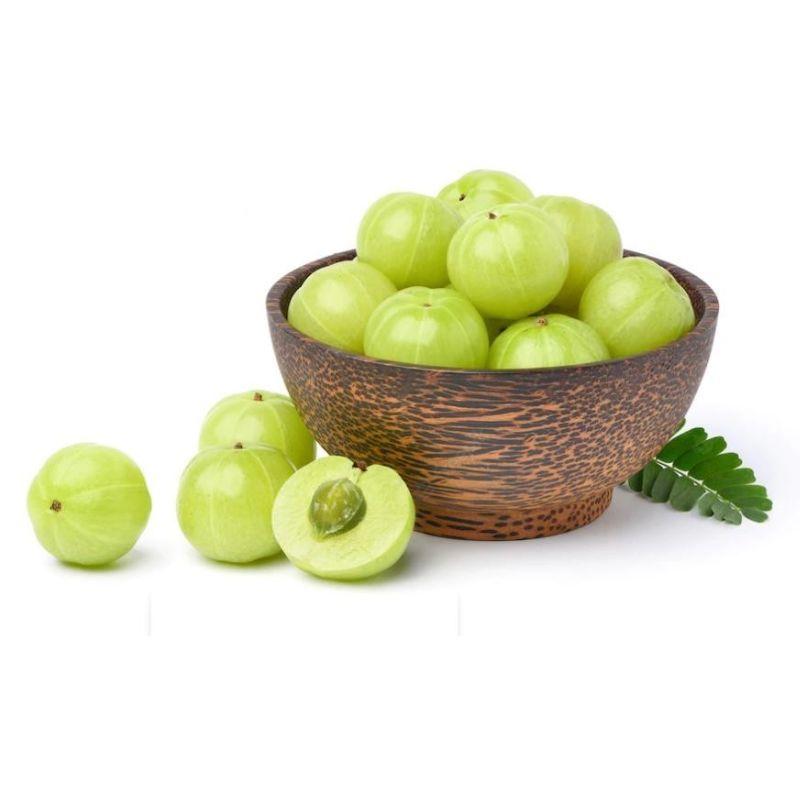
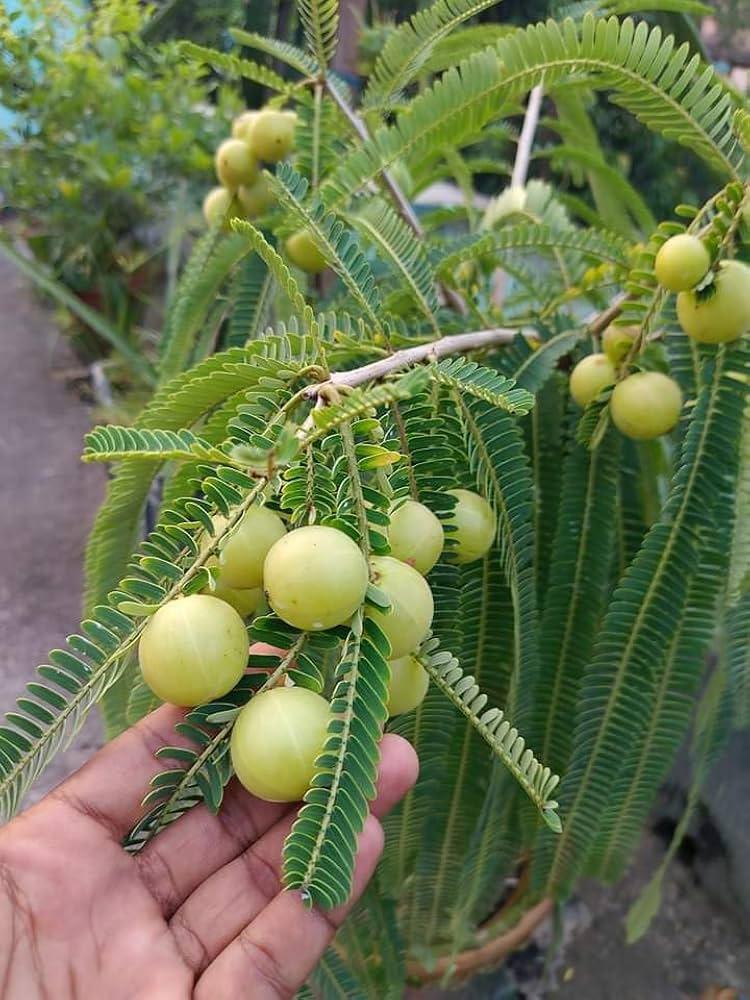
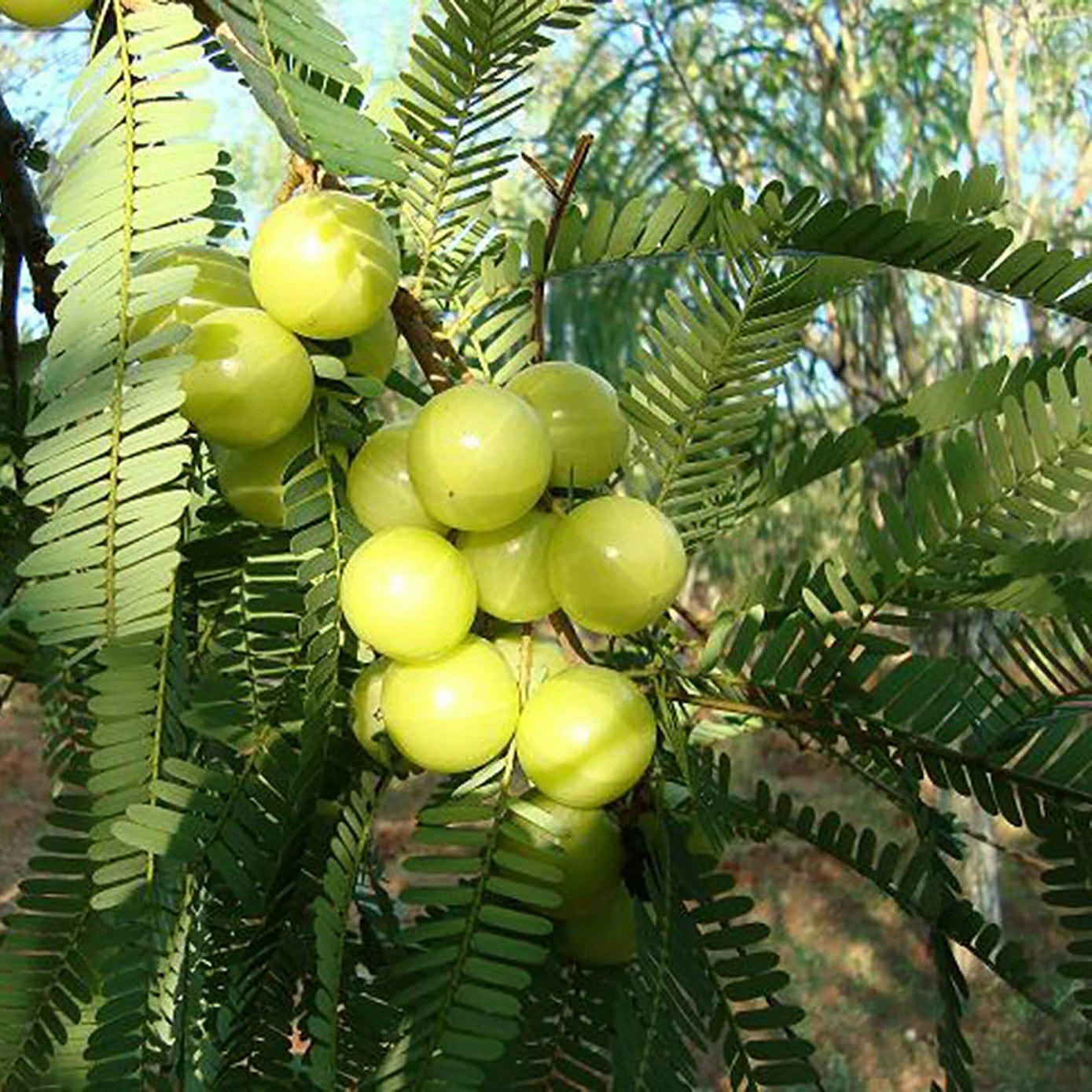
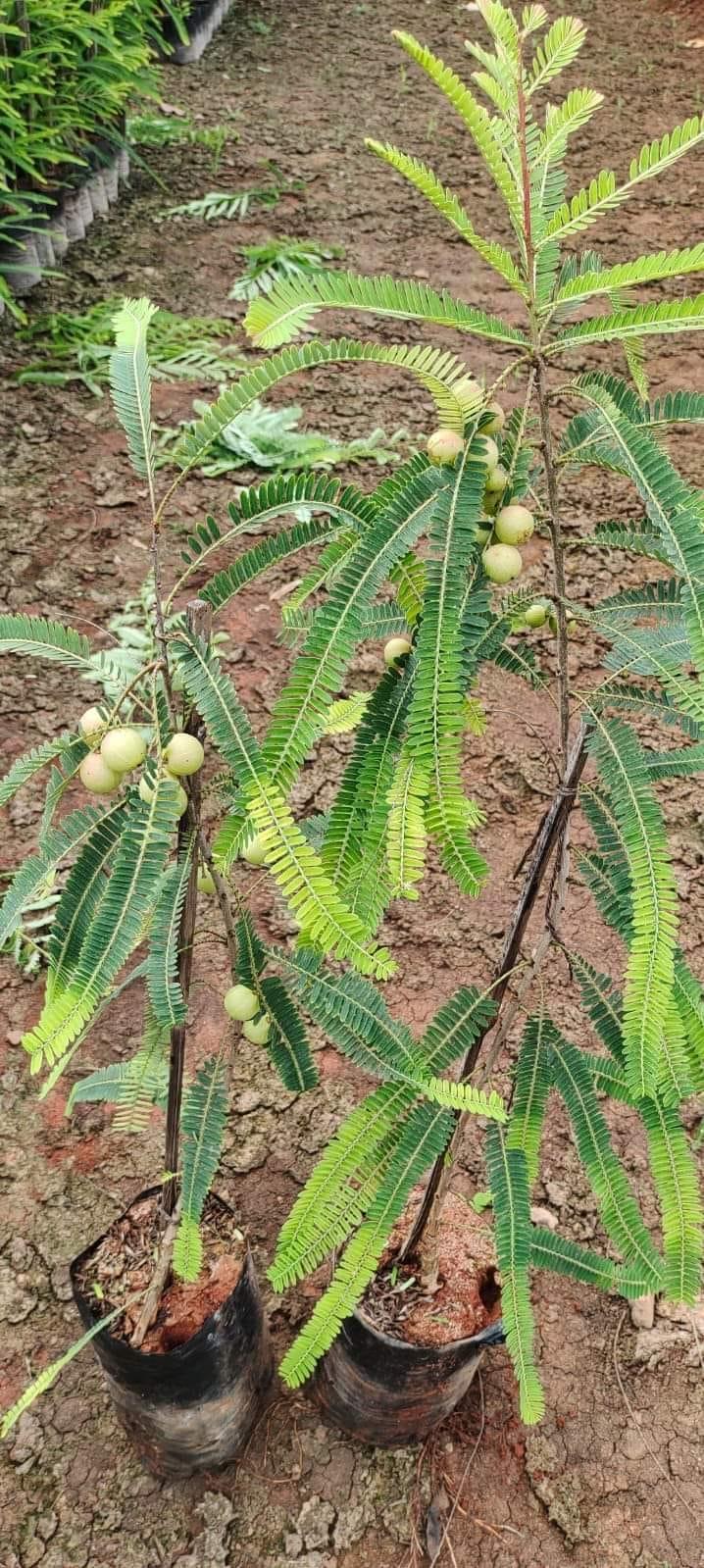
Amla Plant
Description
About Plants:
Height: 1-1.5 Feet
Variety:N7 & Chakya
Age: 4-6 Months
Type: Grafted
Color:Deep Red
Use: Home Garden / Farming Purpose
Apply In: Soil Outdoor
Benefits & Description About Product:
The amla plant, also known as Indian gooseberry (Phyllanthus emblica), is a small to medium-sized deciduous tree native to tropical Southeast Asia, prized for its highly nutritious and sour, astringent-tasting fruit rich in Vitamin C and antioxidants. It is a central component of Ayurvedic medicine, where all parts of the plant are used in herbal preparations for various therapeutic benefits, including immune support, hair health, and antioxidant properties.
Botanical Characteristics
Tree: Small to medium-sized, reaching up to 8 meters (26 feet).
Leaves: Light green and resemble pinnate leaves, closely set along branchlets.
Flowers: Small, greenish-yellow.
Fruit: Bright green, spherical, and known for its distinctly sour taste.
Uses and Benefits
Medicinal:The fruit, leaves, root, bark, and flowers are used in Ayurvedic medicine for their antioxidant, anti-inflammatory, and immunomodulatory properties, among others.
Nutritional:Amla is an excellent source of Vitamin C, with its fruit containing significantly more Vitamin C than oranges. It also contains iron and other minerals.
Culinary:Amla fruits are used in Indian cuisine, and are also used in the manufacture of hair oils, shampoos, and inks.
Cultural Significance
In India, the amla tree is considered sacred and is associated with the Hindu deities Lakshmi, Vishnu, and Shiva.
The plant has a significant place in Buddhism, where it is associated with the Buddha\'s knowledge and path to enlightenment.
